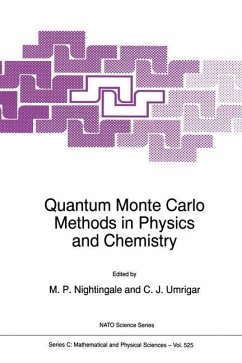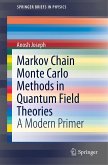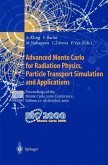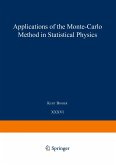In recent years there has been a considerable growth in interest in Monte Carlo methods, and quantum Monte Carlo methods in particlular. Clearly, the ever-increasing computational power available to researchers, has stimulated the development of improved algorithms, and almost all fields in computational physics and chemistry are affected by their applications. Here we just mention some fields that are covered in the lecture notes contained in this volume, viz. electronic structure studies of atoms, molecules and solids, nuclear structure, and low- or zero-temperature studies of strongly-correlated quantum systems, both of the continuum and lattice variety, and cooperative phenomena in classical systems. Although each area of application may have its own peculiarities, requiring specialized solutions, all share the same basic methodology. It was with the intention of bringing together researchers and students from these various areas that the NATO Advanced Study Institute on Quantum Monte Carlo Methods in Physics and Chemistry was held at Cornell University from 12 to 24 July, 1998. This book contains material presented at the Institute in a series of mini courses in quantum Monte Carlo methods. The program consisted of lectures predominantly of a pedagogical nature, and of more specialized seminars. The levels varied from introductory to advanced, and from basic methods to applications; the program was intended for an audience working towards the Ph.D. level and above. Despite the essentially pedagogic nature of the Institute, several of the lectures and seminars contained in this volume present recent developments not previously published.








